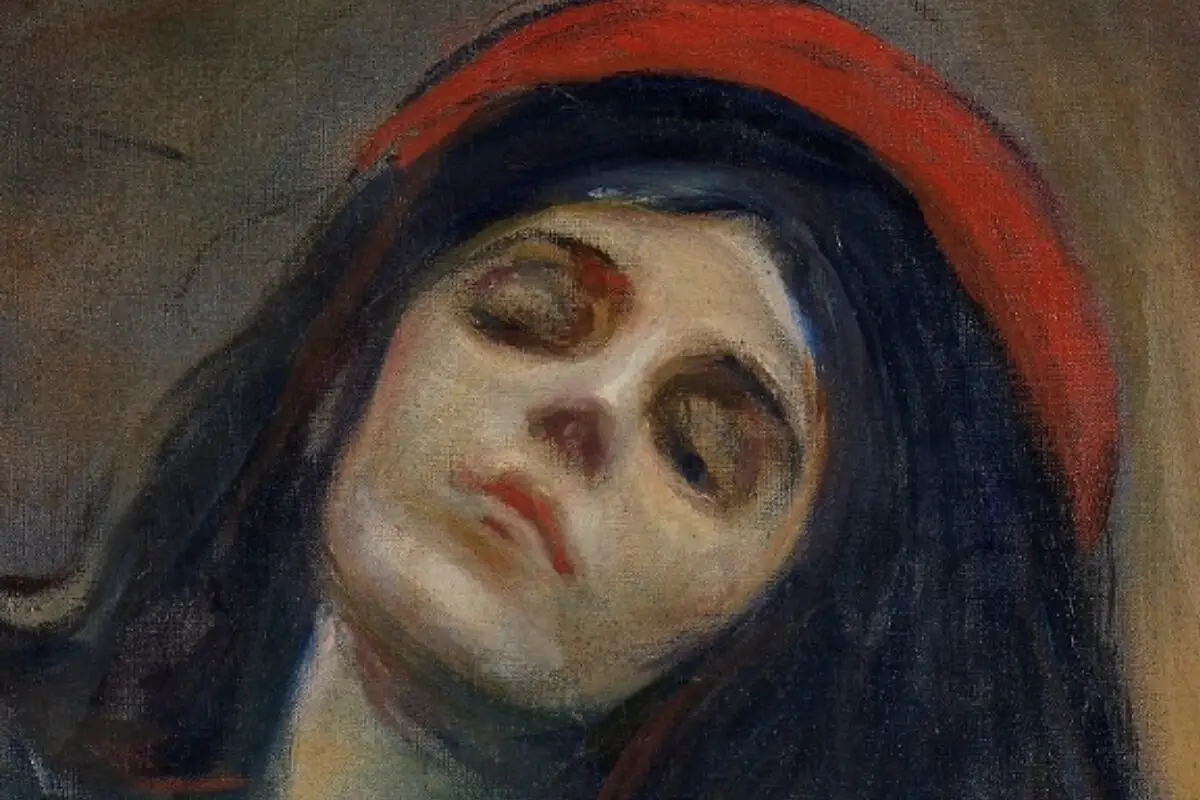Throughout the annals of history, art has served as a vibrant reflection of societal views, cultural nuances, and complex human emotions. Among these are depictions of women, often laden with symbolism and social commentary. Venerated works of art featuring women have been underpinned by the historical and societal contexts within which they were born. The dynamically changing perceptions of beauty, religious beliefs, societal values, and women’s roles during different eras profoundly influenced them.
Furthermore, these portrayals have indelibly etched symbols and motifs onto these female figures, promoting them beyond mere subjects to icons of abstract concepts such as purity, fertility, love, and vanity. An exploration into renowned masterpieces like Leonardo Da Vinci’s ‘Mona Lisa,’ Vermeer’s ‘The Girl With a Pearl Earring’ and Édouard Manet’s ‘Olympia,’ provides a deep dive into the rich meanderings of artistic techniques, unique styles, and multi-layered contextual interpretations.
Table of Contents
- Historical and Societal Context
- The Symbolism of the Female Figures in Art
- Famous Masterpieces Featuring Women
- Interpretation and Impact
- Related Questions
Historical and Societal Context
In the realm of artistic expression, context is king. It shapes the aesthetics, subjects, and styles artists employ in their works, and undoubtedly, societal and historical contexts have considerably shaped the portrayal of women in famous paintings. This influence has manifested strongly over the centuries, reflecting the era’s societal norms, ideals, and prejudices.
In early societies, gender roles were heavily delineated. Reflecting this, art often reduced women to idealized stereotypes of fertility, beauty, or virtue. For example, prehistoric paintings frequently depicted women in crude, exaggerated forms emphasizing fertility, such as the Venus of Willendorf.
This enigmatic figure exhibits pronounced female attributes, symbolizing the essence of femininity and fertility, a crucial element to survival in the Paleolithic period.
As societies evolved, so did art. Greek and Roman societies revered ideals of beauty and perfection, translating into delicate, balanced, and realistic portrayals of women. But, these portrayals were still bound by societal norms.
Women appeared as goddesses, wives, and mothers, reinforcing stereotypes – they were timid, modest, and radiating domestic grace and bliss.
The Middle Ages then brought a shift, with religious themes dominating art. Women were frequently depicted as virtuous biblical figures like the Virgin Mary. Such portrayals intensified the ideal of women embodying purity, humility, and righteousness that was expected in a largely devout society.
In stark contrast, the Renaissance elicited broader, humanistic explorations. Female subjects presented a more comprehensive dimension of the female experience. Portraits of women depicted them with individualized features, conveying their intellect, grace, and strength.
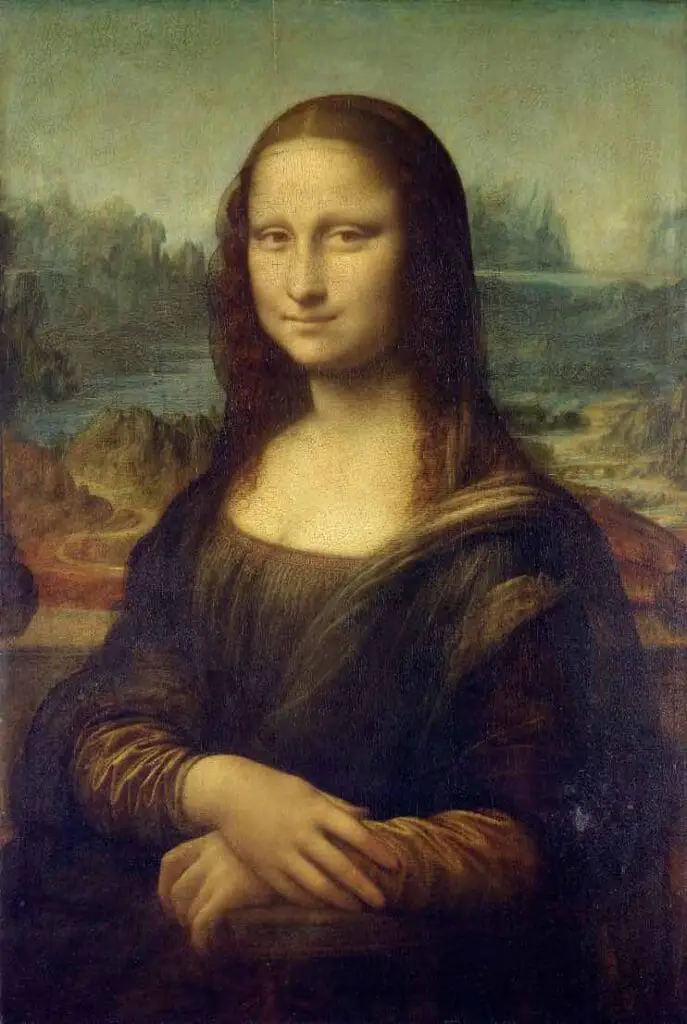
Artists such as Leonardo da Vinci, with his iconic ‘Mona Lisa,’ sought realism and intimacy that shattered earlier stereotypes, portraying women as complex individuals with depth, mystery, and emotion.
Transitioning to the 19th century, Realists dared to challenge established norms again by illustrating women in diverse social and working conditions. Paintings like ‘The Gleaners’ by Jean-François Millet spotlighted the harsh reality of life for lower-class women, a striking departure from romanticized or idealistic depictions.
With the turn of the 20th century, women’s societal roles were evolving – they were increasingly independent, working, and demanding rights. Art mirrored this evolution. Artists in the Modern era experimented with abstract, non-representational techniques, moving beyond traditional, objectified portrayals of women.
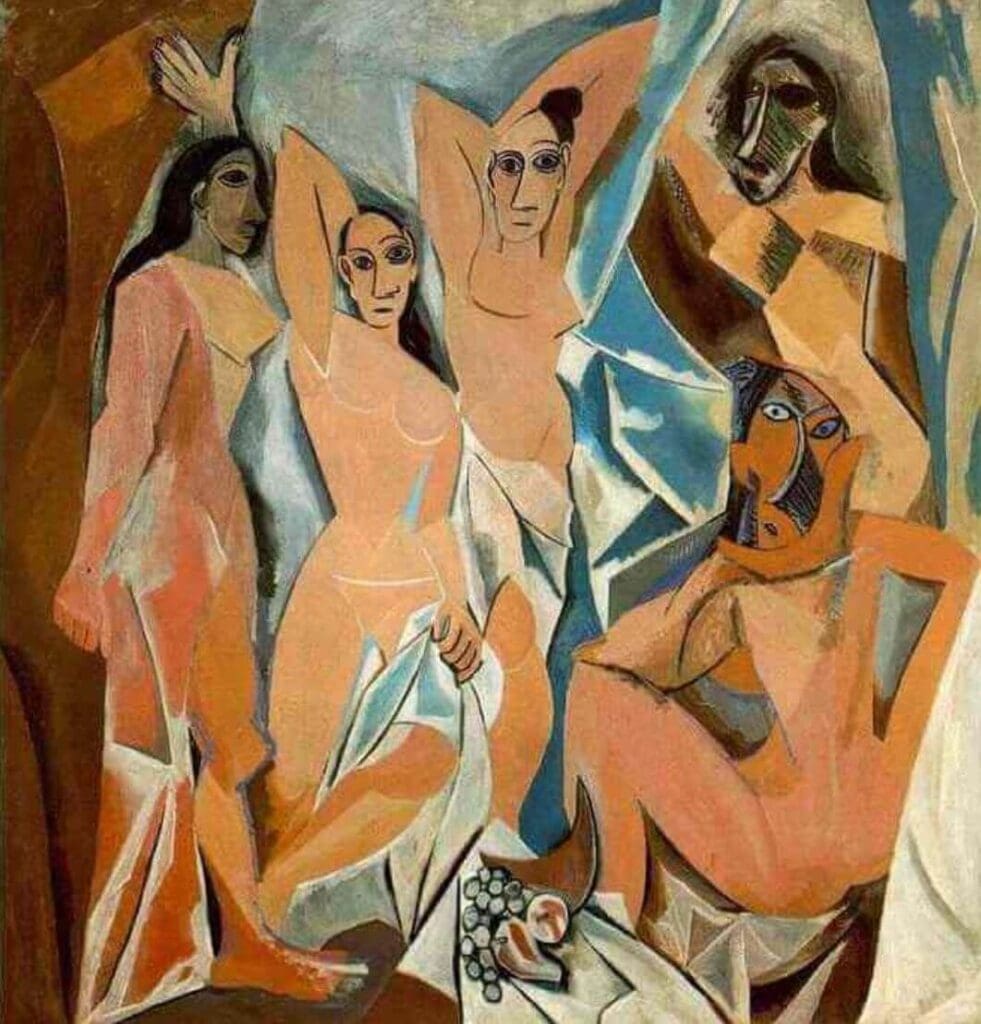
For example, Pablo Picasso’s ‘Les Demoiselles d’Avignon deconstructed the female form, suggesting a radical re-conceptualization of femininity.
However, even modern art is not without gender biases. Female subjects have often been objectified, sexualized, or depicted as passive. These repeated themes reflect broader societal attitudes toward women, demonstrating an entrenched patriarchal gaze.
In recent years, a surge of female artists and an increased awareness of gender representation have started challenging and correcting these entrenched narratives. From Frida Kahlo to Jenny Saville, artists use paint to question, confront, and transform how women are portrayed.
Art now portrays women in all their complexity, strength, and truth. It’s a testament to the changing female narrative woven through history, societal changes, and ongoing struggles for gender equality.
From the curvy figures of prehistoric art to the abstracted forms of modern paintings, the portrayal of women in art offers a fascinating view into the societal and historical age it sprang from. As society progresses, so will the women of our canvases. As always, context is king.
The Symbolism of the Female Figures in Art
Picking up from such a rich historical context, it is fascinating to delve deeper into the nuances that the portrayal of women in famous paintings implicates. Throughout history, women have continuously evolved from symbols of fertility to embodiments of beauty and from there to assertive, complex beings expressing diverse emotions and situations.
This examination reveals the hidden meanings and symbols significant to these portrayals.
A common and intriguing symbol seen in many famous paintings involving women is the representation of mirrors. The mirror, primarily when held by a woman, not only serves as a metaphor for vanity, as society often labels women, but it also speaks of the reflective quality that a woman embodies.
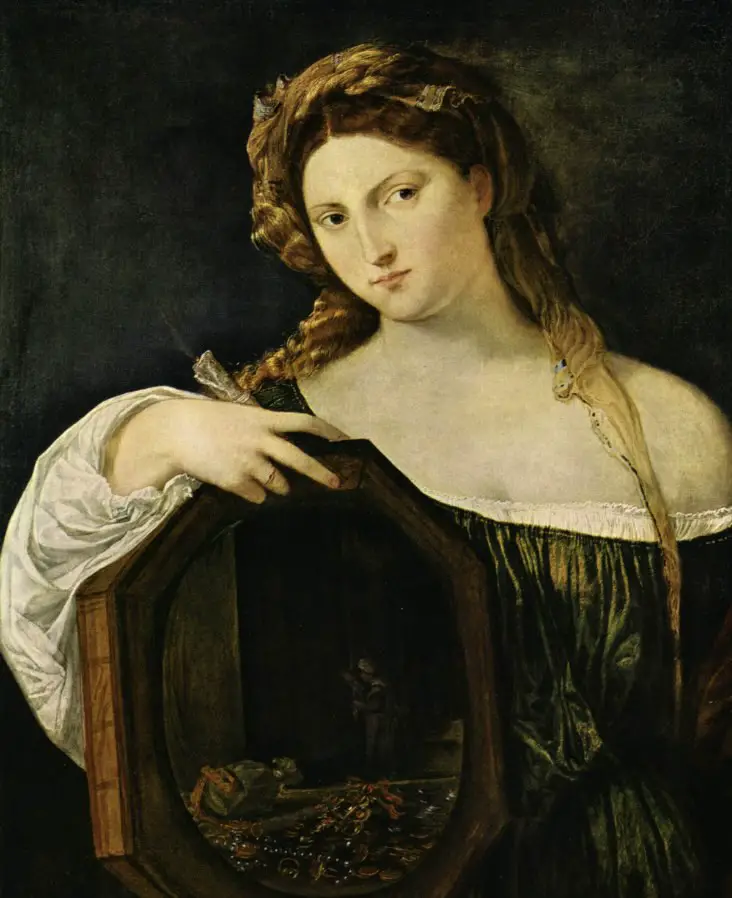
The famous “Vanity” by Italian painter Titian epitomizes this symbolization, telling a tale of fleeting beauty through the mirror the woman indulges in.
Flowers, another popular element in art, often accompany the portrayal of women, contributing layers of symbolic meanings. Depending on the type of flower in the artwork, these might represent innocence, virtue, passion, or even death, as seen commonly in Renaissance art.
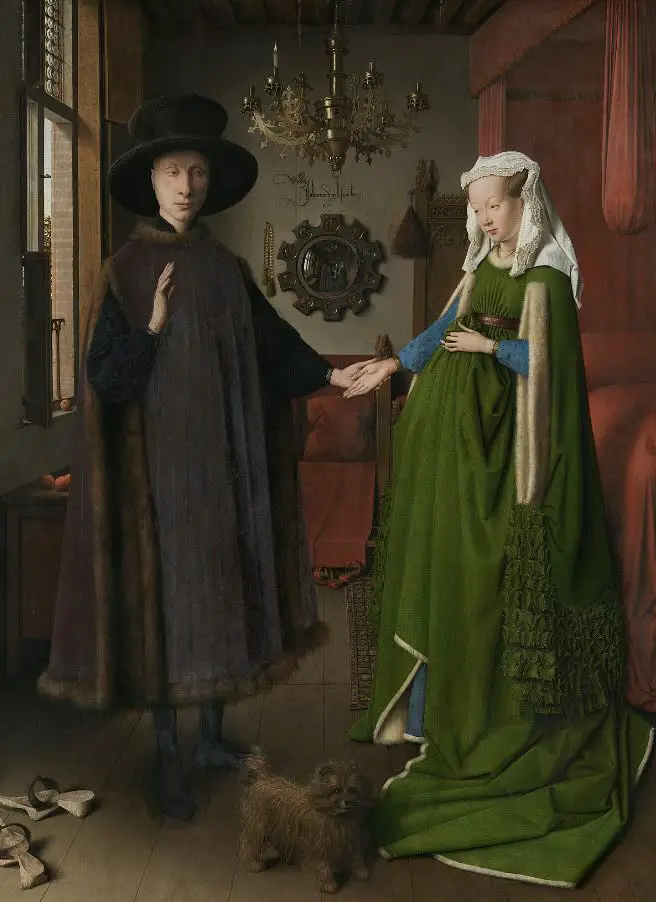
For instance, Jan Van Eyck’s “Arnolfini Portrait” showcases a woman holding flowers, symbolizing fertility and the hopes of an heir.
Jewelry and clothing, similarly, lend a more profound interpretation to paintings. Detailed depictions of these elements in portraiture often communicated the woman’s status and wealth. In a broader context, they can articulate the socio-economic conditions of the era in which the art was created.
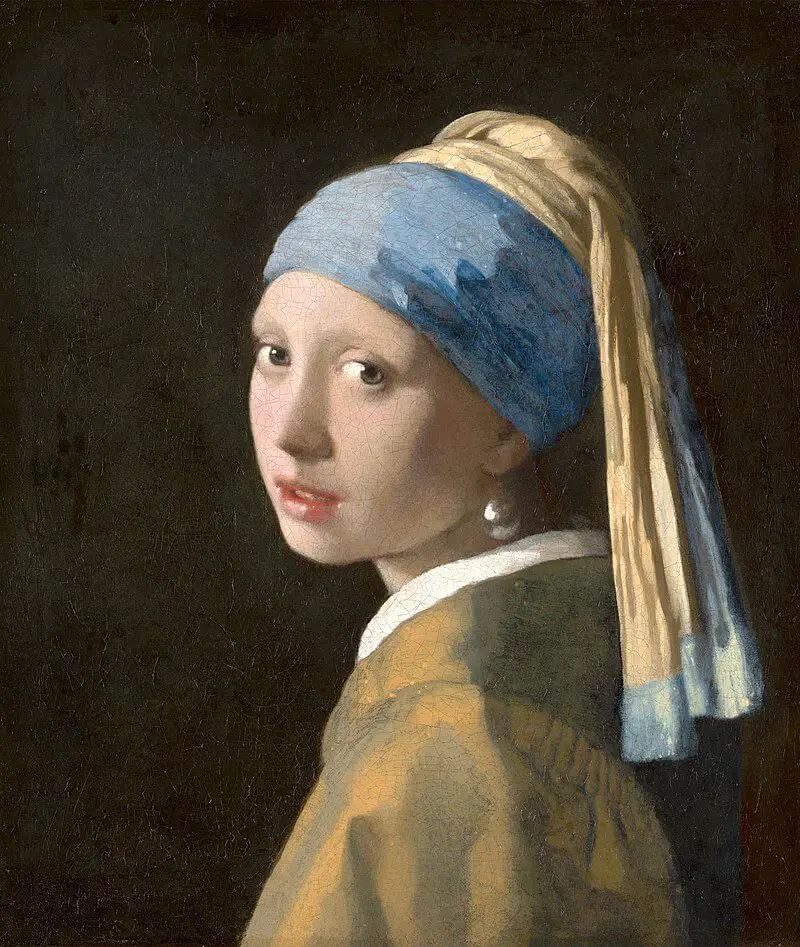
The “Girl with a Pearl Earring” by Johannes Vermeer, while drenched in mystery, undeniably exhibits the hypnotic allure of the exotic through a simple yet mesmerizing pearl earring.
The use of color, albeit a broad element in art, wields a monumental impact in representing women. Traditionally, a woman cloaked in red might signify passion or scandal, while a woman in white could represent purity and innocence.

Renowned artist Edvard Munch’s painting “Madonna” beautifully encapsulates many such meanings, with the sensual red halo around the woman’s silhouette contending with the purity her title suggests.
The positioning and posture of a woman in art could range from passive and submissive to assertive and unconstrained, depending on the cultural and historical sentiment of the period. Gustav Klimt’s paintings, for example, often display women as sensual beings whose bodies swirl in liberation, deviating from traditional depictions.
Last, the recurring theme of women near or in water might suggest themes of life, renewal, or the subconscious. A classic example would be Botticelli’s masterpiece, “The Birth of Venus,” where Venus, the goddess of love, is born from the sea, denoting natural beauty and fertility.
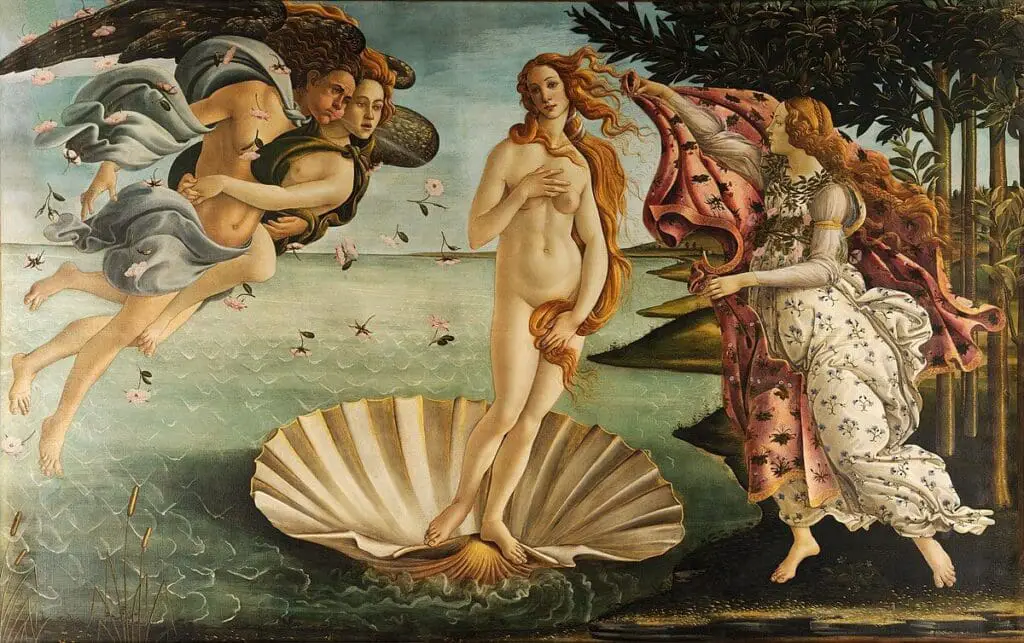
Art, when scrutinized intensely, unfolds vibrant stories behind the canvas, and the portrayal of women has been one of its most dynamic narratives, marked by varied symbols and meanings.
This intricate dance between the portrayal of women and the symbolic meanings woven into these paintings only invites further exploration and introspection, offering unmatchable profundity to the art world.
Famous Masterpieces Featuring Women
Diving further into the treasure trove of art history, distinct works of art make their mark by presenting women in a unique light, often serving as landmarks of societal views and artists’ perceptions.
Let us explore some exemplary masterpieces highlighting women, their stories, and the extraordinary attributes that make them stand out.

The most famous painting of a woman in the world is Da Vinci’s “Mona Lisa.” Her enigmatic smile and direct gaze have tantalized onlookers for centuries. This portrait’s uniqueness lies in Da Vinci’s revolutionary sfumato technique, blending colors without lines or borders and inducing an airy quality around the Mona Lisa.

Another renowned painting featuring a woman is Vermeer’s “Girl with a Pearl Earring.” Not quite a portrait nor a narrative picture, it is often referred to as a ‘throne’ — a Dutch term denoting a character study.
The fascination of the artwork is rooted in its mystery. The young woman is captured in the act of turning towards us, her mouth slightly open as if interrupted, thus creating a narrative left to the viewer’s interpretation.

Gustav Klimt’s “The Kiss” also draws us with its splendid portrayal of a woman. This symbolic painting captures a passionate embrace between a man and a woman adorned in elaborate, color-infused clothing.
The blend of symbolic and erotic elements centered around the woman in the design exhibits the enduring theme of feminine allure shrouded in mystique.

She was turning to Edouard Manet’s “Olympia,” which received a scandalous reaction in its initial 1865 exhibition. As a nude woman unabashedly meets the viewer’s eye, this painting challenges the conventional depictions of submissive femininity prevalent in academic art. Manet’s Olympia rejected the societal norms of the time, implying a reinterpretation of women’s roles and the sexual politics of art itself.
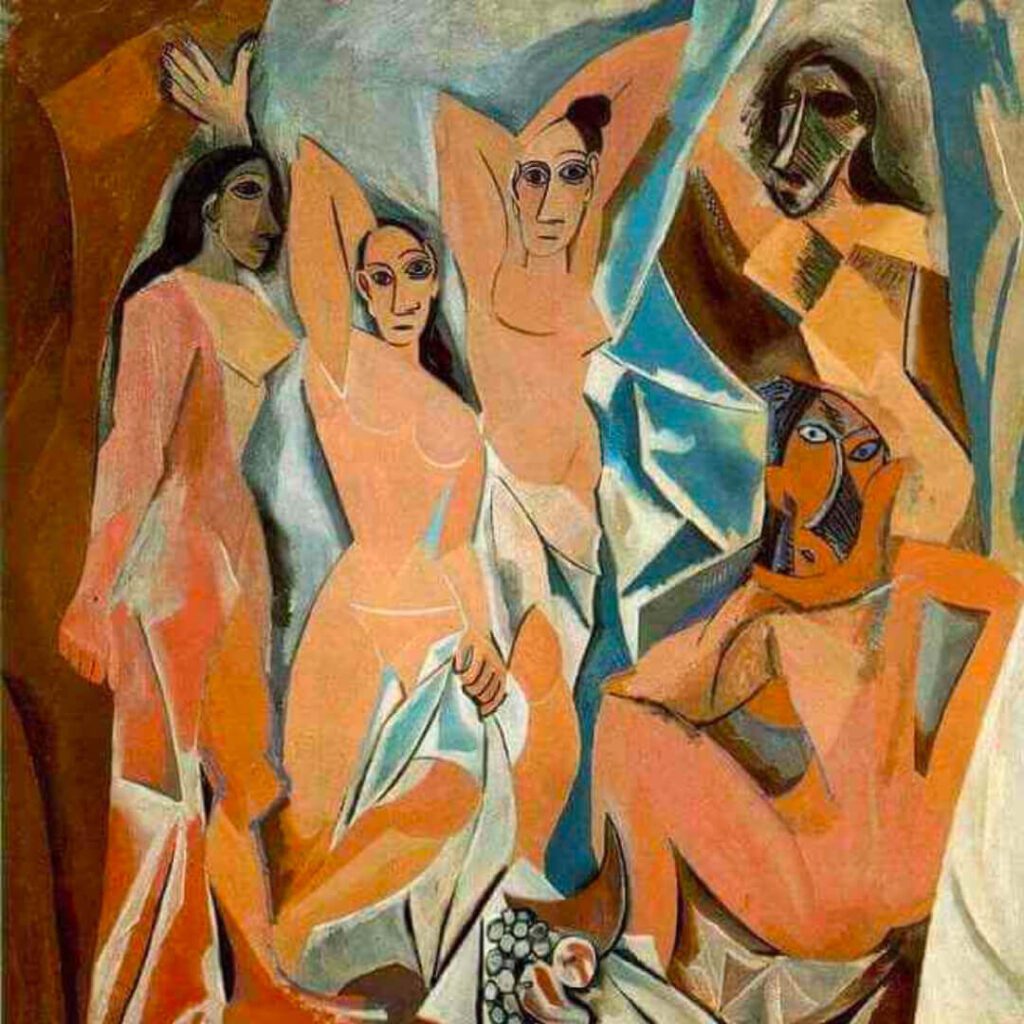
Pablo Picasso’s “Les Demoiselles d’Avignon” marked a significant departure from traditional forms and the inception of Cubism. In this pioneering artwork, five women are deconstructed and abstractedly reconfigured into geometric forms.
This revolutionary style echoed the seismic societal shifts occurring at the beginning of the 20th century, illustrating the female figure in a radically novel way.
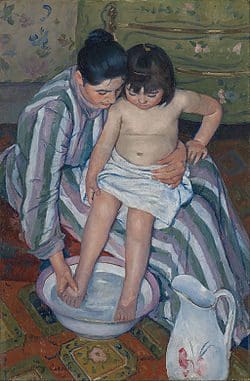
Mary Cassatt’s “The Child’s Bath” challenges the stereotype of women as passive subjects of the male gaze. Instead, it offers an intimate portrayal of motherhood, intimacy, and domesticity, often overlooked in the male-dominated art world of the 19th century. Cassatt celebrated femininity and the strength implicit in everyday undertakings through impressionistic brush strokes.

Finally, Frida Kahlo’s “The Two Fridas” delves into the psychological turmoil and fragmented identity of the artist herself. This self-portrait of dual aspects of Kahlo’s identity reflects upon the complexities and contradictions of selfhood, starkly contrasting stereotypes of emotionally passive femininity.
Each of these paintings uniquely shifts the narrative and implications of women’s portrayal in art, illuminating manifold facets within a woman’s world. The canvases they inhabit serve as visual diaries, recording the shift in cultural perceptions, societal norms, and the pervasive impact of the feminine spirit within art.
Interpretation and Impact
Iconic works of art featuring women have dramatically shaped perceptions of femininity and continue to inform the realm of contemporary art. This is the case with Da Vinci’s “Mona Lisa,” one of the most recognized images in art history.
Its enigmatic subject matter, typified by the sitter’s subtle smile, has invited many theories and interpretations, stirring discourse that explores the intricate layers of the female psyche and emotion.
With Vermeer’s “Girl with a Pearl Earring,” the archetypical figure of a woman gains an air of mystery. Vermeer essentially crafts a narrative that positions femininity within the realm of secrecy, strength, and enigma.
This piece has heavily influenced modern-day perceptions about women’s agency, contributing to their complex character mosaic that extends beyond societal constructions of passive femininity.

Discussions of iconic art would be incomplete without Gustav Klimt’s “The Kiss.” The piece vividly glorifies the woman as a figure of desire, romance, affection, and comfort. Klimt’s golden depiction of the female subject encased in a lover’s embrace challenges the traditional ideal of the demure woman and instead celebrates her passion and desire.
In contrast, Edouard Manet’s “Olympia” presents an unapologetic celebration of the female body, thus challenging both societal norms and the art traditions of the 19th century. With the subject’s direct, piercing gaze, Manet introduces a bold female voice into the art world, urging viewers to confront and dismantle their biases. This has informed movements in modern art by positioning women as forces of change and empowerment.
Pablo Picasso’s “Les Demoiselles d’Avignon” further stirred the perception of women, breaking away from the idealized portrayal to a cubist and abstract depiction.
Picasso deconstructed classical beauty, underscoring that the significance of a woman’s representation goes beyond her physical form. It suggests the feminine identity is a complex, continually redefined, multidimensional construct.
Meanwhile, Mary Cassatt’s “The Child’s Bath” intuitively interprets motherhood’s complexities, challenging predominantly male perspectives on what was then viewed as a domestic scene. Cassatt signifies the reimagining of women’s narratives, positing them as storytellers and creators of their realities.

And finally, Frida Kahlo’s “The Two Fridas” serves as a personal exploration of feminism and identity. Kahlo utilizes art as a means to navigate her emotional and physical trauma, painting a gripping reality about women’s resilience and strength.
In doing so, it gives credence to women’s struggles and triumphs, thereby influencing modern-day art to bring to light the voices traditionally unheard.
Art has been, and remains, a significant vehicle in questioning, confronting, and understanding perceptions of women in society. But more than just reflecting societal norms and attitudes, essential artworks featuring women have indeed been instrumental in effecting change, raising awareness, and fostering new appreciations that have significantly influenced modern art and continue to do so.
The undulatory impact of these famous paintings of women resonates throughout history, exerting a profound influence on societal attitudes and the world of art in and of itself.
Through this artistic journey, we witness the evolution of women’s representation and detect their footprints in contemporary artworks. We find ourselves entwined in an ongoing dialogue about aesthetic standards, feminism, and the meaning of beauty translated across centuries.
Society, artists, and viewers alike continue to navigate these robust themes, fostering a vibrant and discourse-rich environment that not only appreciates the sublime beauty of these masterpieces but also seeks to comprehend their multidimensional narratives and their perpetual significance in our lives.
Anita Louise Art is dedicated to art education, great artists, and inspiring others to find and create their art. We love art that uplifts and inspires. #ArtToMakeYouSmile! #ArtToMakeYouHappy!
If you are interested to see any of my art, you can find out more by clicking here. If you are interested in what inspires me and my paintings, you can discover more by clicking here.
We have a free newsletter and would love you to be part of our community; you can subscribe to the newsletter by clicking here. If you have any questions, I would be happy to talk to you anytime. You can reach me, Anita, by clicking here.
Subscribe to our Anita Louise Art YouTube Channel filled with great videos and information by clicking here.
Related Questions
36 Most Famous Paintings In Art History And Why They Matter
Over the years, art has been a key in almost every society and time frame. So, understanding art through the ages and some of the world’s most influential art is essential as life’s influence continues. Read on as we explore some of the world’s most influential art pieces.
By clicking here, you can learn more by reading 36 Most Famous Paintings In Art History And Why They Matter.
Art By Salvador Dali – Top 29 Paintings
Salvador Dalí’s artworks continue to fascinate and inspire, making him a timeless figure in art history. Whether you find yourself entranced by the dreamlike landscapes, the mind-bending distortions, or the profound themes, Dalí’s art remains an endless source of wonder and contemplation. Read on as we explore one of his top artworks.
By clicking here, you can learn more by reading Art By Salvador Dali – Top 29 Paintings.
A Canvas Of Words: 100 Inspiring Art Quotes From Great Minds
Art has been essential to human culture and society for thousands of years. It’s an expressive form of communication that transcends language, time, and geography barriers, allowing us to share emotions, perspectives, and visions of the world. Whether you’re an artist, an art lover, or simply someone who appreciates the power of a beautiful piece, there’s a universal language in art that speaks to us all.
By clicking here, you can learn more by reading A Canvas Of Words: 100 Inspiring Art Quotes From Great Minds.

